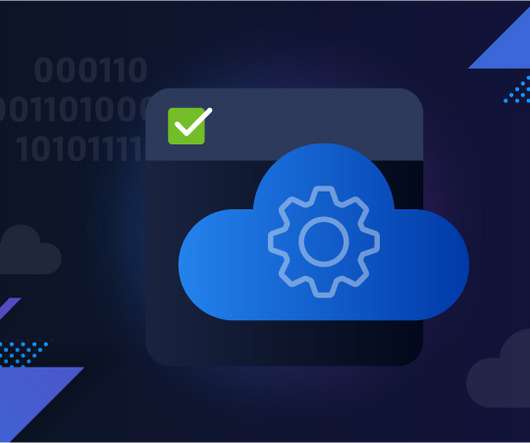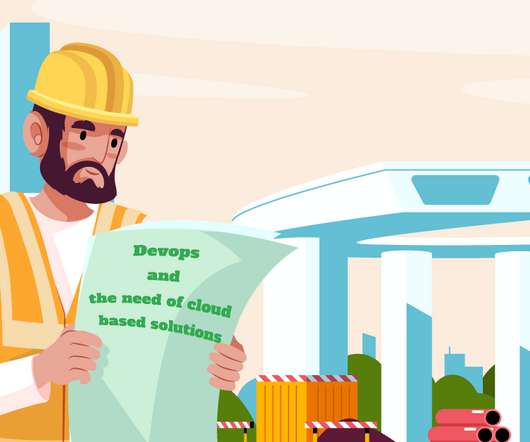Kubernetes vs Docker: What’s the difference?
Dynatrace
SEPTEMBER 29, 2021
Think of containers as the packaging for microservices that separate the content from its environment – the underlying operating system and infrastructure. Just like shipping containers revolutionized the transportation industry, Docker containers disrupted software. In production, containers are easy to replicate. Networking.




























Let's personalize your content